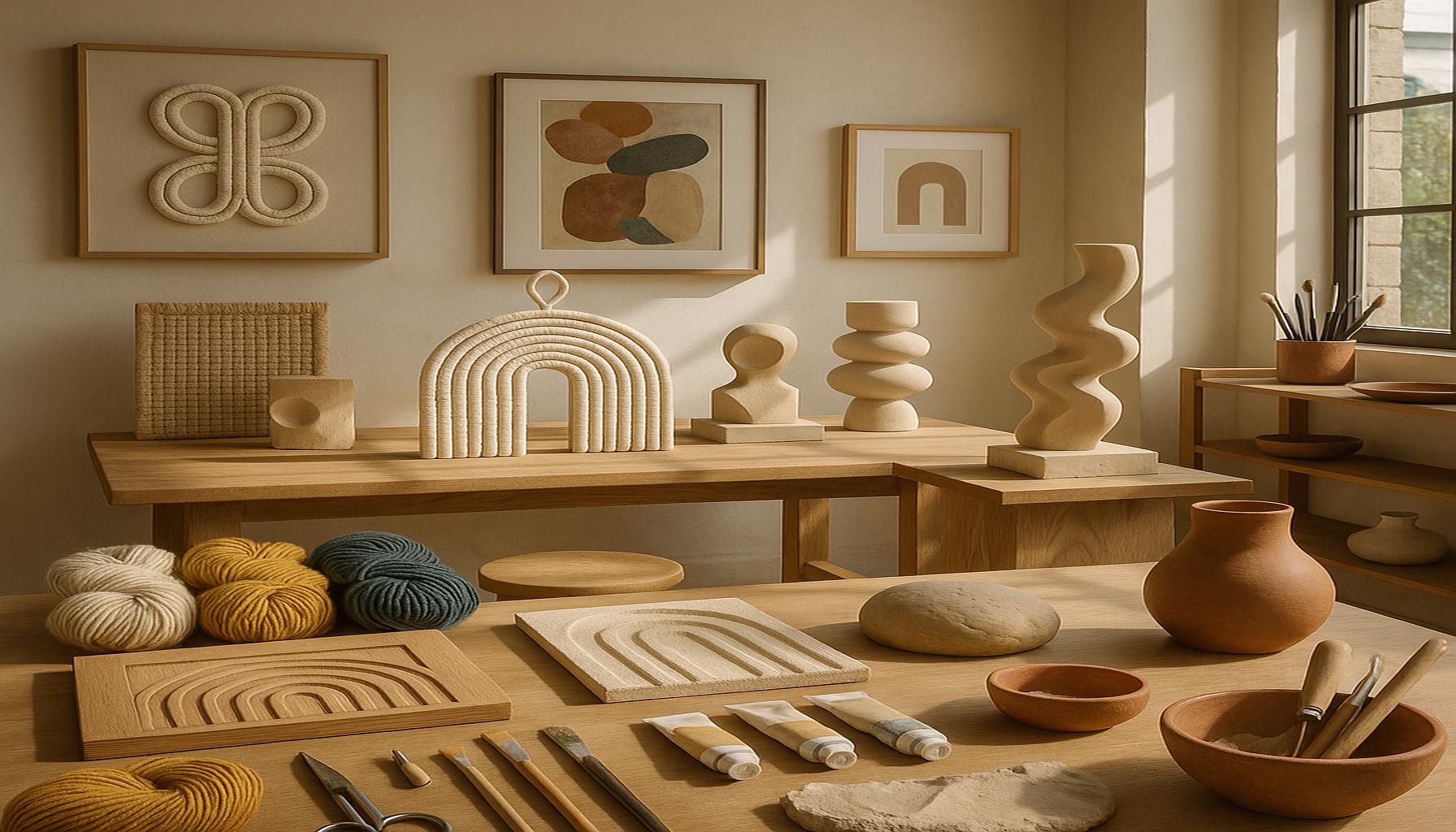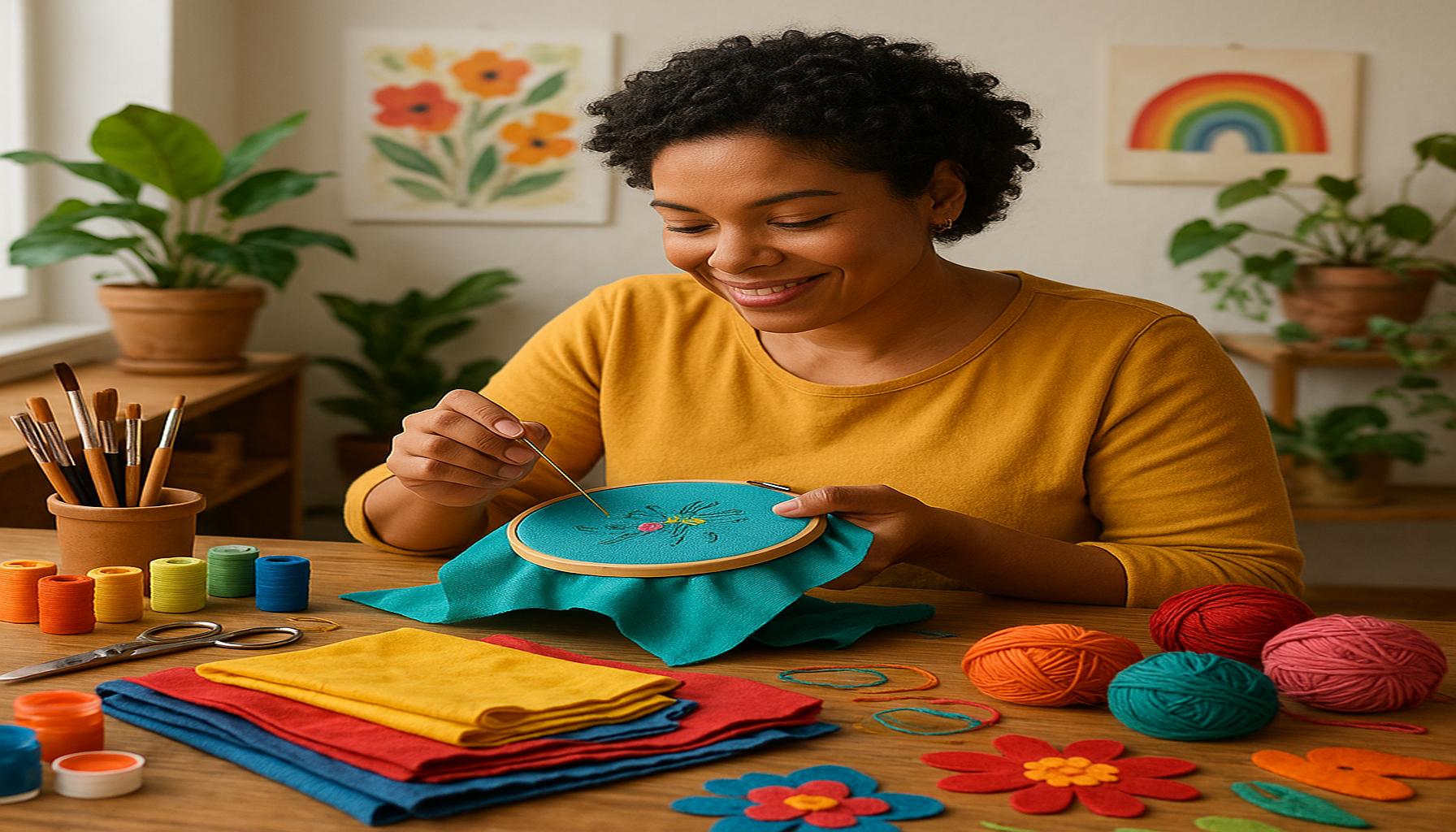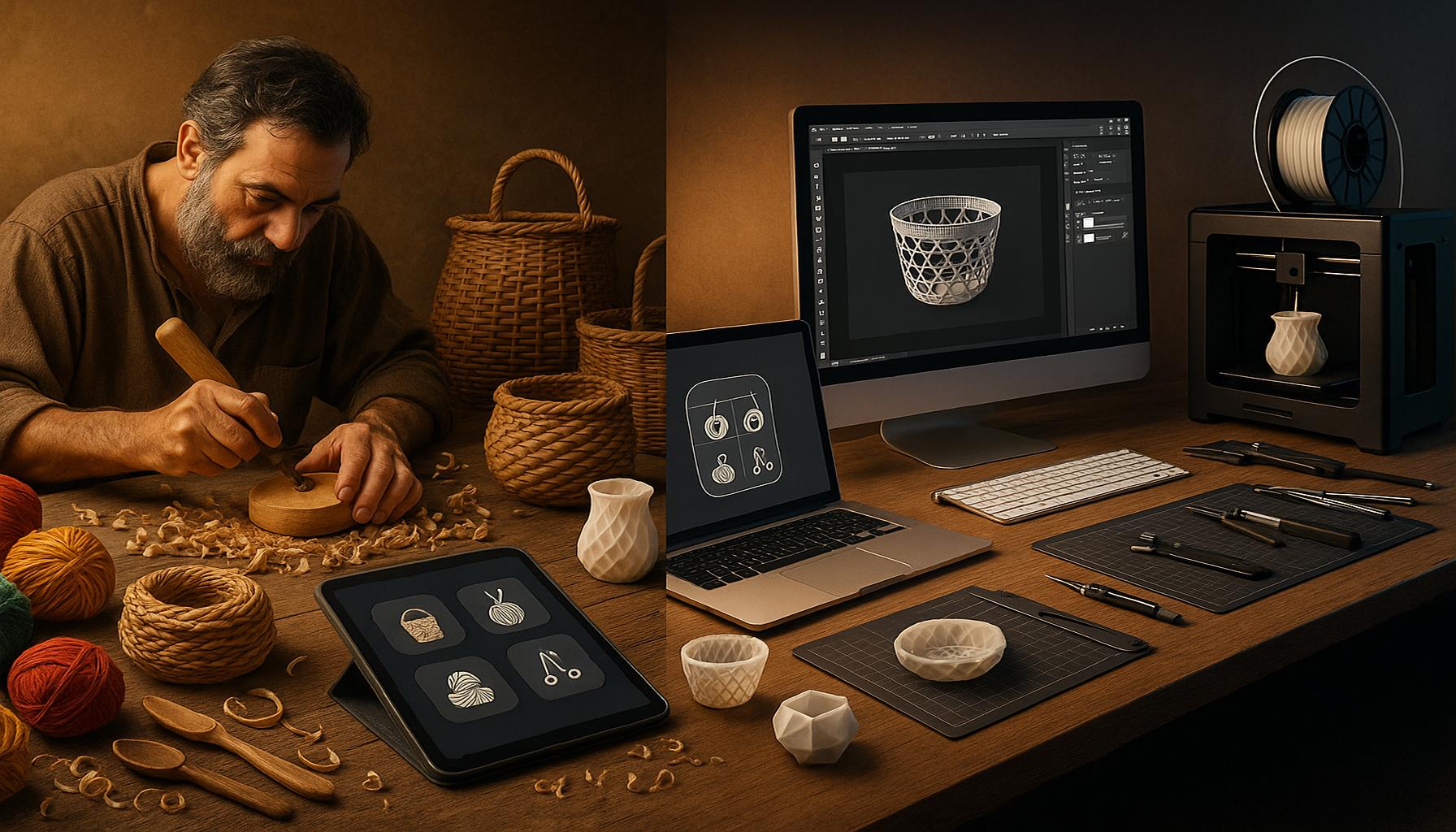Mastering Upcycling Turn Recycled Materials into Craft Art
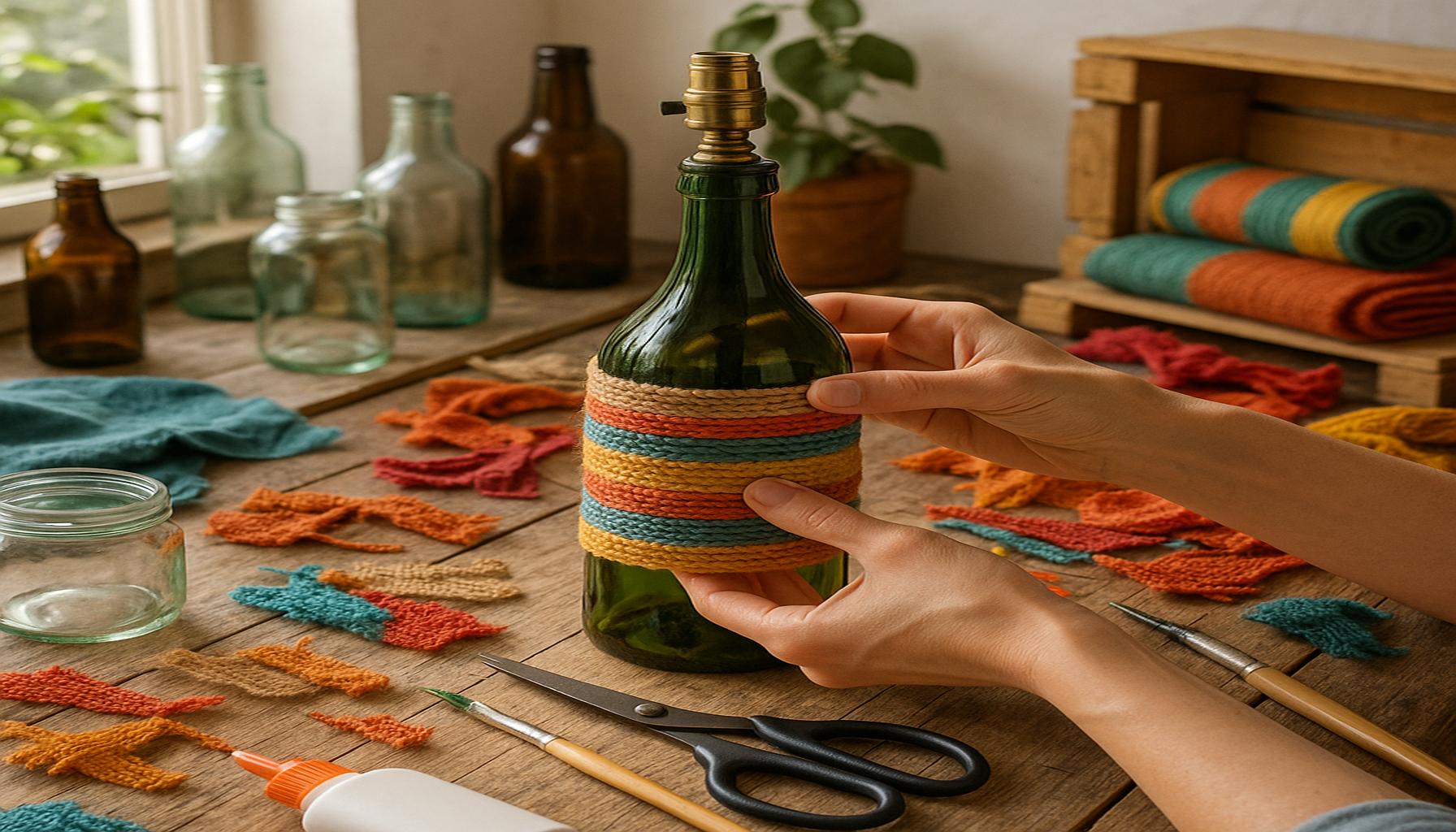
In a world increasingly focused on sustainability, the practice of upcycling has emerged as a creative way to breathe new life into discarded materials. This innovative approach not only reduces waste but also offers an exciting avenue for creative expression through crafting. By transforming everyday items into beautiful, functional art, hobbyists can explore their artistic side while making environmentally conscious choices.
Upcycling is more than just a trend; it’s a movement that encourages resourcefulness, creativity, and individuality. With more people seeking eco-friendly alternatives in their lives, understanding the art of upcycling can lead to both personal satisfaction and environmental benefits. From turning glass jars into decorative vases to crafting worn-out clothes into stylish bags, the possibilities are endless.
To inspire your journey into this captivating craft, we will explore the Top 5 Upcycling Projects that showcase exceptional creativity while promoting sustainability. These projects will not only equip you with ideas but also demonstrate how easy and rewarding it can be to create something extraordinary from the ordinary.
Top 5: The Art of Upcycling: Transforming Recycled Materials into Craft Pieces
As the world becomes increasingly conscious of environmental issues, the fascinating realm of upcycling has captured the interest of creative hobbyists around the globe. This innovative practice involves transforming discarded materials into new, beautiful creations. Upcycling offers more than just a boost to your creativity; it contributes significantly to a sustainable future. Let’s delve into the top 5 elements of the art of upcycling, highlighting why this practice is not only favorable but imperative in today’s world.
5. The Sustainable Impact
The sustainable impact of upcycling is undeniable. When you engage in upcycling, you contribute to the reduction of waste accumulating in landfills. To put it into perspective, the Environmental Protection Agency (EPA) states that recycling and composting efforts prevented approximately 186 million metric tons of carbon dioxide equivalent emissions in 2018. Upcycling takes this a step further by creatively reusing materials. Imagine the environmental impact if every person integrated even minimal upcycling practices into their daily lives.
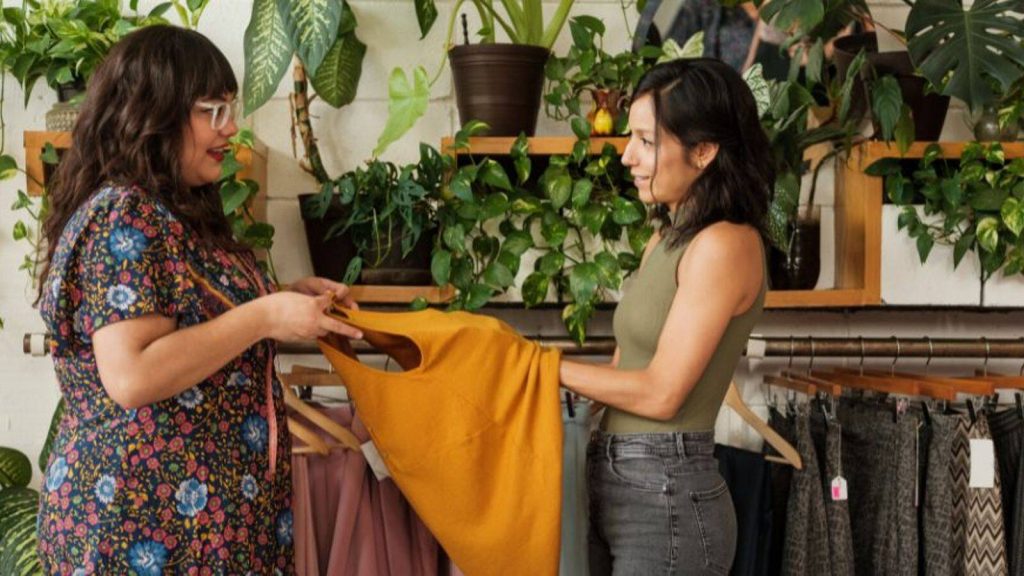
This sustainable practice has also been shown to cultivate eco-awareness within communities, encouraging local governments and organizations to support environmentally friendly initiatives. Many cities are now implementing upcycling incentives and workshops as a means to promote green practices and reduce waste.
The Butterfly Effect: Small Changes, Large Impact
Think about the cumulative effect of upcycling: each small project actively contributes to the reduction of pollution and resource consumption. Transforming an old T-shirt into a trendy tote bag means one less piece of clothing discarded, smaller demand for new production, and a step towards less waste. Furthermore, creative solutions often inspire others to adopt similar approaches, spreading environmental consciousness through networks and communities.
4. Creativity Unleashed
Upcycling breathes new life into seemingly useless items, allowing creativity to flourish unfettered. Imagine taking an old door and transforming it into a rustic dining table or turning an unused ladder into a charming bookshelf. This form of creative expression encourages you to see potential and beauty where others see refuse.
Transformative Materials
- Wooden pallets: Ideal for furniture like coffee tables or garden benches.
- Glass jars: Perfect for chic storage solutions, candle holders, or terrariums.
- Fabric scraps: Perfect for quilting, embroidery projects, or custom cushions.
- Old tires: Transform into fun garden planters, swings, or outdoor furniture.
- CDs: Use for creating unique wall mosaics or reflective garden ornaments.
The true beauty of these materials lies in their potential; each piece can be the starting point of a masterpiece. The open-ended nature of upcycling invites experimentation with techniques, colors, and design, yielding one-of-a-kind works of art.
3. Cost-Effectiveness
In a world where economic prudence is increasingly valuable, the cost-effectiveness of upcycling cannot be overstated. Crafting with recycled materials often means significantly reduced expenses since you are using what you already have or sourcing materials at little to no cost from second-hand shops or even friends and family.
Turning Passion into Profit
Many individuals have not only embraced upcycling as a cost-saving measure but have also turned it into profitable ventures. By selling repurposed items customized into works of art, upcyclers have tapped into a market that values sustainability and uniqueness. Platforms like Etsy showcase numerous upcycled goods, from vintage teacup candles to refurbished furniture, highlighting consumers’ interest in eco-friendly products.
This demonstrates a win-win situation: earn a potential income while contributing positively to the planet’s health.
2. Community Engagement
Engagement in upcycling goes beyond personal projects; it fosters community engagement. Creating opportunities for people to come together to share, learn, and grow is an integral part of the upcycling movement. Local groups regularly organize workshops that draw people from all walks of life, fostering a sense of community and shared purpose.
Crafting a Community
These communal activities not only offer a platform for spreading environmental mindfulness but also create an inclusive space where individuals can learn from one another’s experiences, share resources, and collectively innovate new ideas. The mutual support and exchange often empower individuals to begin their own upcycling journey, thereby expanding the movement further.
1. Personal Expression and Customization
Topping our list is the unparalleled scope for personal expression and customization offered by upcycling. Unlike mass-produced items that lack personality, upcycled creations embody the tastes and values of their creators. They become a narrative, weaving personal experiences with artistic flair.
The Beauty of Bespoke
Whether it’s a vintage flannel shirt turned into a unique throw pillow or a collection of driftwood crafted into yard art, upcycled pieces speak louder than their materials alone. They introduce character into living spaces, provide conversation starters, and embody the philosophy of making something meaningful out of the ordinary.
In conclusion, the art of upcycling provides a myriad of benefits, from sustainability and creativity to community building and personal empowerment. By embarking on your upcycling journey, you not only fight against environmental degradation but also tap into an art form that rewards imagination and craftsmanship. Let your creativity run wild as you contribute to a cleaner, greener world.
| Environmental Impact | Sustainability | Creativity and Innovation | Economic Benefits | |
|---|---|---|---|---|
| Environmental Impact | Upcycling reduces waste by transforming discarded materials into new products. | This practice significantly minimizes landfill contributions and helps conserve resources. | While it mitigates environmental harm, challenges include limited market acceptance and initial production costs. | Individuals, communities, and businesses focusing on sustainability significantly benefit from this practice. |
| Sustainability | Integrates ecological principles into everyday life, fostering a culture of conscious consumption. | Promotes long-term ecological balance and encourages eco-friendly habits. | The greater initial investment in tools and time may hinder some from fully committing to sustainable practices. | Students, eco-entrepreneurs, and environmentally-conscious consumers gain from embracing sustainable practices. |
| Creativity and Innovation | Upcycling fosters creativity by challenging individuals to re-envision the potential of everyday items. | This approach leads to unique, customized products that stand out in the marketplace. | The need for innovative solutions can sometimes lead to increased stress and pressure on creators. | Artists, designers, and anyone with a creative spark can thrive in this imaginative landscape. |
| Economic Benefits | Repurposing materials can lead to cost savings and potential profit through selling handmade items. | Supports local economies and small businesses by promoting unique offerings. | However, competition with mass-produced alternatives can deter profitability. | Craftspeople, local artisans, and small business owners stand to gain from enhanced economic opportunities. |
Frequently Asked Questions about Upcycling Art
What is upcycling, and how does it differ from recycling?
Upcycling involves transforming discarded materials into new, often higher-quality products, while recycling breaks down items to repurpose their raw materials. Unlike recycling, which typically involves a process that consumes energy and alters the material’s structure, upcycling retains the original item’s form, adding value through creativity and craftsmanship. This method not only reduces waste but also encourages innovative reuse, making it a key component in sustainable art practices.
What materials can be used for upcycling crafts?
Almost any discarded material can be used for upcycling, including fabrics, glass, metal, plastic, and wood. The possibilities extend far beyond these basics, inspiring individuals to experiment with unconventional materials like electronics and even organic waste. The key is to view these items not as trash but as potential building blocks for new creations. This diverse range provides endless opportunities for artistic expression and sustainable practice.
How can someone start upcycling as a beginner?
Starting with upcycling is about embracing creativity and resourcefulness. Begin by identifying materials in your home that you might typically discard, such as old clothing, bottles, or furniture. Research online for tutorials and join communities focused on sustainable crafting for inspiration. It’s about seeing potential in the things around you and allowing their transformation into something new. Practice with simple projects before tackling more complex designs to build confidence and skill.
What are the benefits of upcycling for the environment?
Upcycling offers numerous environmental benefits: it reduces the need for raw materials, decreases landfill waste, and limits pollution caused by waste processing. By maximizing the use of existing materials, upcycling supports a circular economy, meaning resources are reused and repurposed, minimizing environmental harm. Engaging in upcycling not only benefits the planet but also raises awareness about sustainable living practices.
Can upcycled crafts be profitable?
Yes, upcycled crafts can become a profitable venture. Many artists and entrepreneurs have turned upcycled creations into successful businesses, leveraging platforms like Etsy and local markets to sell their unique products. Consumers are increasingly drawn to sustainable and original items, making upcycled crafts an attractive venture. The key to success lies in creativity, quality, and marketing the environmental benefits of the products to appeal to eco-conscious buyers.
Conclusion
The art of upcycling stands as a beacon of creativity and sustainability, bridging the gap between waste and wonder. Throughout this exploration, we have delved into the transformative power of reimagining discarded materials, giving them new life as unique artisan crafts. Upcycling not only emphasizes environmental conscientiousness but also encourages individuals to explore their creative potential and innovate through limited resources.
By adopting this practice, we not only contribute to reducing landfill waste and environmental impact but also foster an appreciation for the beauty in everyday objects. The process highlights the value in versatility and resourcefulness, encouraging practitioners to think critically about consumerism and waste. The creative aspect of upcycling serves as an outlet for self-expression and storytelling, where each piece crafted holds a distinct narrative borne from its past life.
Key Takeaways
- Environmental Impact: Upcycling contributes significantly to reducing environmental harm by minimizing waste.
- Creative Expression: It opens new avenues for artistic expression, allowing individuals to engage with materials in innovative ways.
- Community and Culture: This craft fosters a sense of community and cultural appreciation, often drawing from local or historical influences.
- Economic Benefits: Upcycling offers economic opportunities, from small-scale crafts to business ventures, allowing artisans to thrive sustainably.
- Educational Potential: It provides educational insights, promoting awareness and practical skills in sustainable practices.
The art of upcycling, therefore, is not just a pastime but a powerful movement that embraces sustainability and creativity. It challenges us all, whether seasoned artisans or curious novices, to rethink and reimagine. As we continue to gauge our impact on the planet, the practice of upcycling offers a compelling narrative of change and renewal, inspiring future generations to craft not just with their hands but with a purpose. The movement urges us to consider the beauty in the discarded, turning what was once overlooked into objects of intrigue and admiration.
